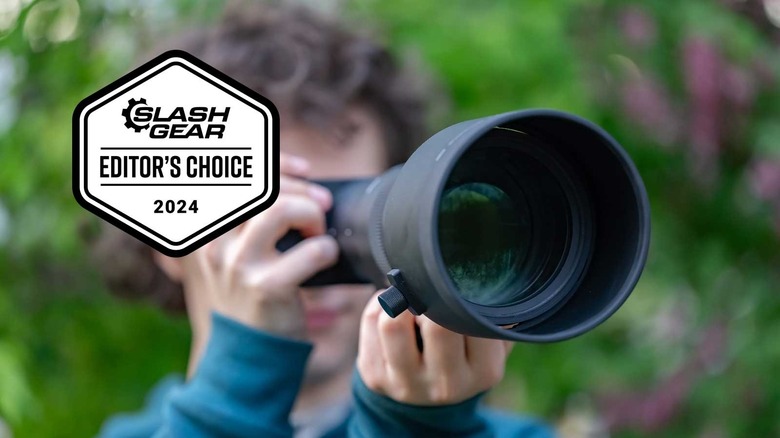
Andy Zahn/SlashGear
By Andy Zahn/
EDITORS’ RATING : 10 / 10
- Spectacular image quality
- Shockingly small and lightweight
- Great value for money
- Excellent build quality
- Integrated Arca-Swiss tripod mount
- Lens hood is of superior design
- Sony E-mount version isn’t compatible with teleconverters
For wildlife photographers, the Sigma 500mm f/5.6 DG DN OS Sport seems like something of a holy grail lens. For a very long time, high-quality telephoto primes were an inaccessible dream for many, costing even as much as a new car. However, that elite status for super-telephoto lenses has been slowly eroding, and with the 500mm f/5.6 Sport, Sigma may well have shattered the reputation of such lenses as products only accessible to professionals and wealthy hobbyists.
On paper, the Sigma 500mm f/5.6 Sport offers everything you could ask for in such an optic. High-quality glass, image stabilization, a relatively bright aperture, portability, and a price tag that doesn’t necessitate a second mortgage on your home. If it works as well in the real world as the advertising claims, this might be one lens everyone will want in their camera bag.
Sigma provided a sample of the Sigma 500mm f/5.6 DG DN OS Sport for this review.
Sharp and sublime
There’s really no faulting the images delivered by the Sigma 500mm f/5.6 Sport. Even at f/5.6, it produces impressive sharpness and clarity, with a bare minimum of flaws. The worst issue I encountered was some very mild vignetting at f/5.6, but it’s so inoffensive that I never felt the need to correct for it.



I used the lens with the FP L full frame mirrorless camera, which was provided by Sigma, and which I’ve used to test out a number of Sigma lenses in recent years, such as most recently the 15mm f/1.4 Diagonal Fisheye. The FP L delivers incredible 61MP images with great color and tons of detail. Shooting at such resolutions requires a really high-quality lens. The 500mm f/5.6 Sport is exactly this, and you can expect to take full advantage of the croppable nature of high res cameras like the Sigma FP L.



This is ideal for wildlife photography and is particularly desirable in a fixed focal length lens. Personally, I’m used to shooting with the Nikkor Z 800mm f/6.3 on Nikon’s mirrorless systems, so I like a bit more reach than 500mm. Thanks to the Sigma 500mm f/5.6’s sharpness and the 61MP of the FP L camera, I was able to zoom in a fair bit in post-processing to get a tighter crop on my subjects.
Beautiful bokeh, but don’t expect to take macro shots
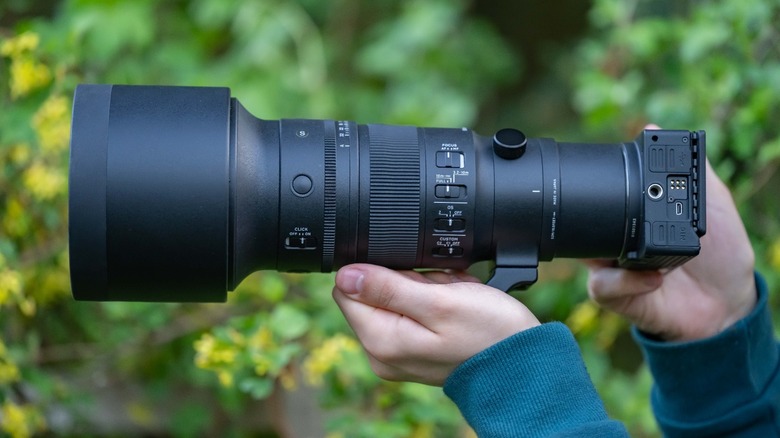
Andy Zahn/SlashGear
Beyond sharpness and a lack of optical issues, the Sigma 500mm f/5.6 Sport delivers remarkably nice overall rendering of images. Bokeh looks really lovely, with nice transitions to out-of-focus areas, and colors/contrast are top-notch as well with this lens. With most lenses, I find I have to do a lot of tweaking to get things just right, but with the 500mm f/5.6, I found that a greater-than-normal number of my photos needed only minimal adjustments to color and contrast.



In terms of close focus, the Sigma 500mm f/5.6 has a minimum working distance of 126 inches, so don’t expect to use it for macro work. I was able to get a halfway decent shot of a tree frog, and it’s great for small birds and large flowers. I only occasionally found the lack of macro mildly annoying, and in most circumstances, it’s not a major drawback for this sort of lens.

A more serious concern is that the Sigma 500mm f/5.6 E-mount version isn’t compatible with teleconverters, which are very commonly used with lenses such as this. It’s the only real issue I could find to hold against this lens, and if you use the L mount version you can take advantage of Sigma’s teleconverters. The reason Sigma can’t make its own teleconverters for E-mount is that this is prohibited by the license they have with Sony that allows Sigma to make E-mount lenses.



The image stabilization system is reasonably effective, which is a good thing as the Sigma FP L lacks IBIS (in-body image stabilization). The system worked well for still shots at fairly low shutter speeds, but handheld video was too shaky. It’s important to note, though, that this is purely because the body I was using wasn’t able to provide IBIS for hybrid stabilization combined with the lens. The autofocus of this lens is quiet and smooth.
Rugged and feature rich
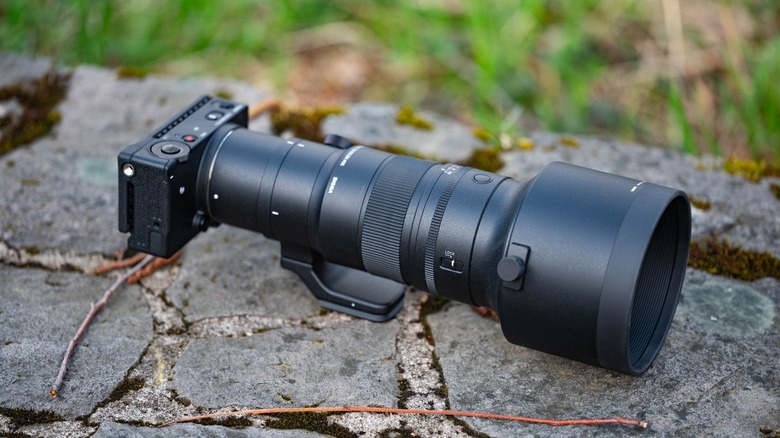
Andy Zahn/SlashGear
I’ve come to expect quite a lot from the design and build quality of Sigma lenses, and the 500mm f/5.6 Sport doesn’t disappoint. It’s solidly designed – a rugged optic that’s highly weather resistant. The shape of the lens is unusual in that the end of the lens barrel flares outwards, so it is quite striking and distinctive in its appearance. The quality of construction is as you’d expect from a much more expensive product.
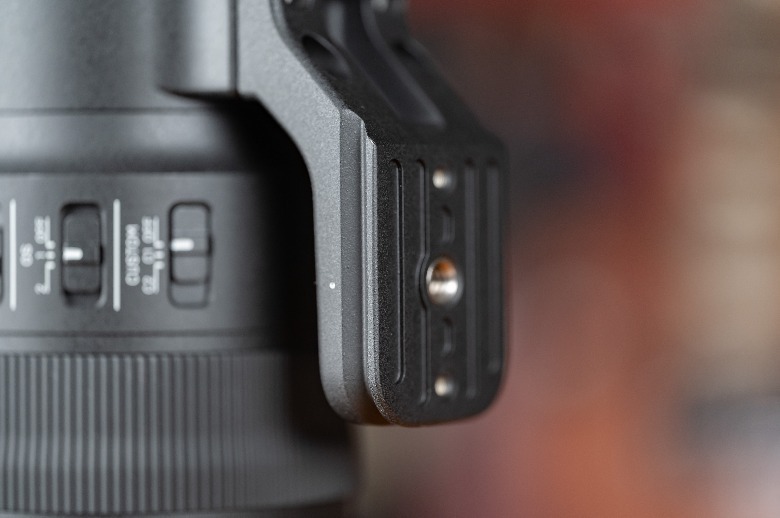
In fact, the Sigma 500mm f/5.6 includes features you won’t find in more expensive lenses. Chief among these is the integrated Arca-Swiss compatible tripod foot, which I firmly believe should be industry standard, yet is rare to see built into lenses of most other brands. Another excellent feature that has become something of a signature for Sigma is the lens hood design. This involves a groove around the lens barrel, into which the lens hood screws. It’s easy and quick to attach and detach, and it operates smoothly without the risk of causing cosmetic scratches to the lens barrel. The lens hood itself is just as tough as the lens, and adds to the general impression of an exceedingly high level of quality.
Lightweight with plenty of control options
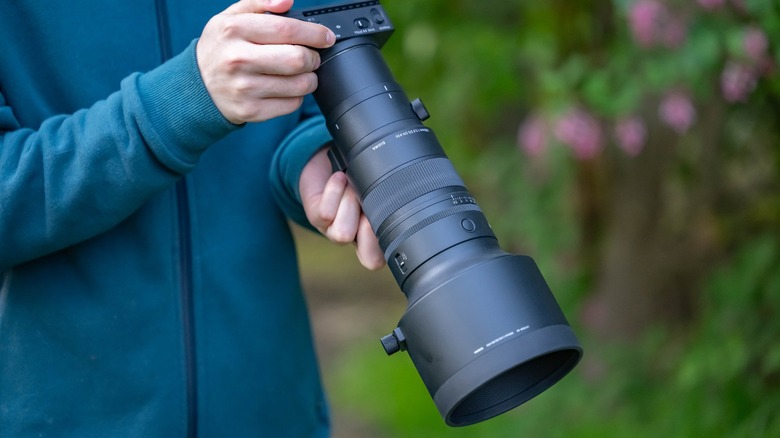
Andy Zahn/SlashGear
A big part of the appeal of the Sigma 500mm f/5.6 is its remarkably small size and weight. At just 1,370 grams, it’s really easy to handle, and unlike many longer lenses, it fits in relatively small camera bags. It measures just 4.2 x 9.2 inches — which to give you an idea of what means in the real world, makes it slightly larger than a typical 70-200mm f/2.8 lens — though such lenses are also slightly heavier than the Sigma 500mm f/5.6. This is a lens that I don’t mind carrying around just in case I happen across unexpected wildlife, whereas my Nikkor 800mm f/6.3 is so bulky and heavy that it sometimes gets left at home if I want to travel light.
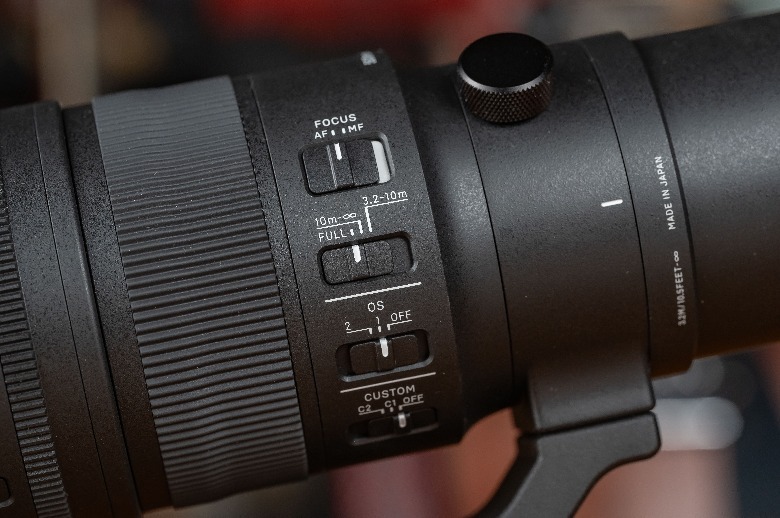
There are also plenty of on-lens controls, such as the usual stabilization control, a customizable switch, a customizable function button, a focus limiter, and an AF/MF switch. Additionally, there’s a physical aperture dial which can be de-clicked with the flick of a switch, or locked with another switch. The focus ring is nicely damped, and I very much enjoyed controlling aperture with the physical on-lens aperture ring.
Nothing like it at the price point
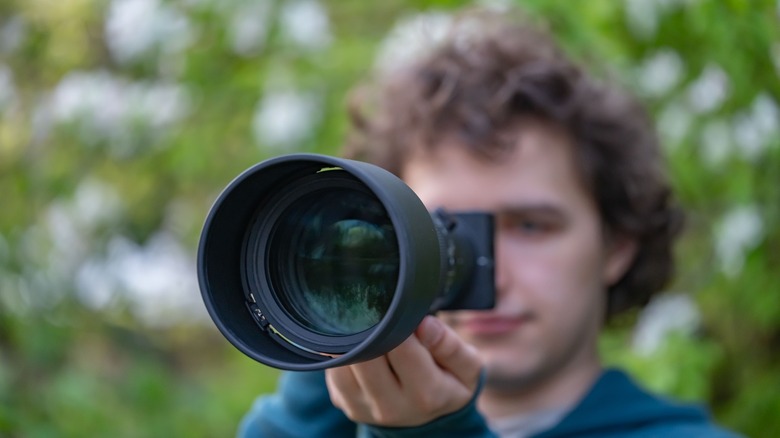
Andy Zahn/SlashGear
At $2,999, the Sigma 500mm f/5.6 Sport isn’t cheap, but it’s $250 less than Nikon’s new 400mm f4.5 lens, and $600 cheaper than the Nikkor 500mm f/5.6 PF, but then the Sigma lens is unfortunately not available on Nikon Z mount. I compare it to Nikon’s lenses because they’re really the closest thing to the Sigma 500mm f/5.6 Sport.
However, on the L mount and Sony E-mount platforms, there’s no prime lens like it for even close to $3000. Sony does sell 400mm and 600mm primes, but they are both well over $11,000. It is worth noting that the Sony version can be adapted to Nikon mirrorless cameras fairly easily, though the adapters themselves are kind of pricey.
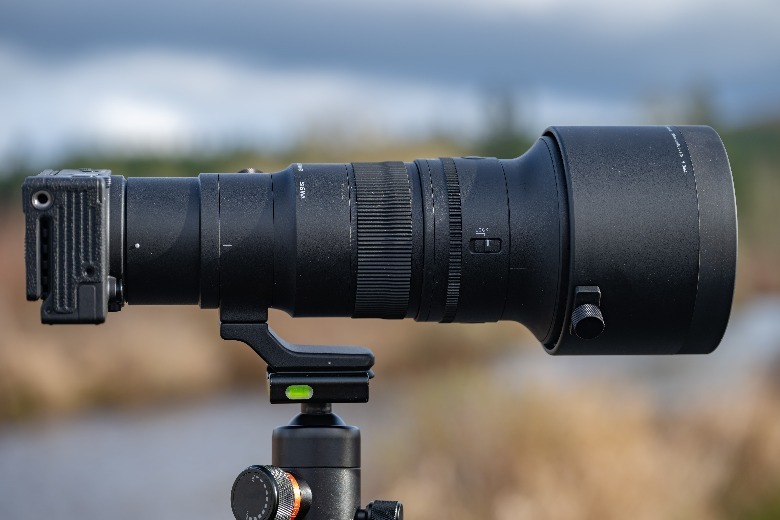
For L-mount, this is pretty much your only option in a super telephoto prime, but as with E-mount, it’s also worth considering a super telephoto zoom lens, of which there are several excellent options. Sigma’s own 150-600mm and 60-600mm sports lenses are the key competition here, both of which are also in Sigma’s «Sports» line. The 150-600mm is the cheaper of the two, and both fall within the $1500-$2000 price range, so are more affordable than the Sigma 500mm f/5.6 Sport. However, while they’re excellent lenses, and their focal ranges are more versatile, they don’t deliver the extremely high level of image quality, or relatively bright aperture, of the 500mm f/5.6.
Conclusion
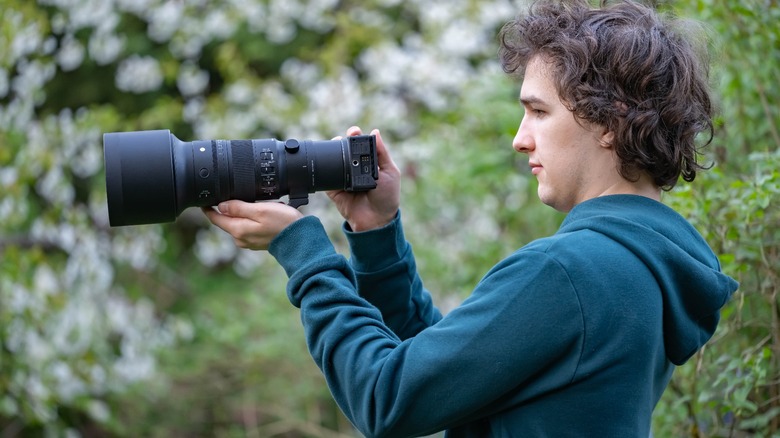
Andy Zahn/SlashGear
The Sigma 500mm f/5.6 DG DN OS Sport is a truly exciting lens, one that a lot of photographers are likely to be interested in. There has never been a lens like it launched at its price point, and for anyone who’s been looking for a super telephoto prime lens that is at least somewhat affordable, this should be on your radar. Even for professionals and others able to afford more expensive optics, the Sigma 500mm f/5.6 Sport is worth considering, as its quality far exceeds its price, and its portability is extremely attractive.
At the end of the day, there’s basically nothing bad to say about Sigma 500mm f/5.6 Sport. It takes amazing photos and doesn’t disappoint in any other way. It is quite expensive from the perspective of the average consumer, but not in this realm of modern full frame lenses. It’s very close to perfect, and I highly recommend it.
You can purchase the Sigma 500mm f/5.6 DG DN OS Sports lens from B&H Photo for $2,999 right now.